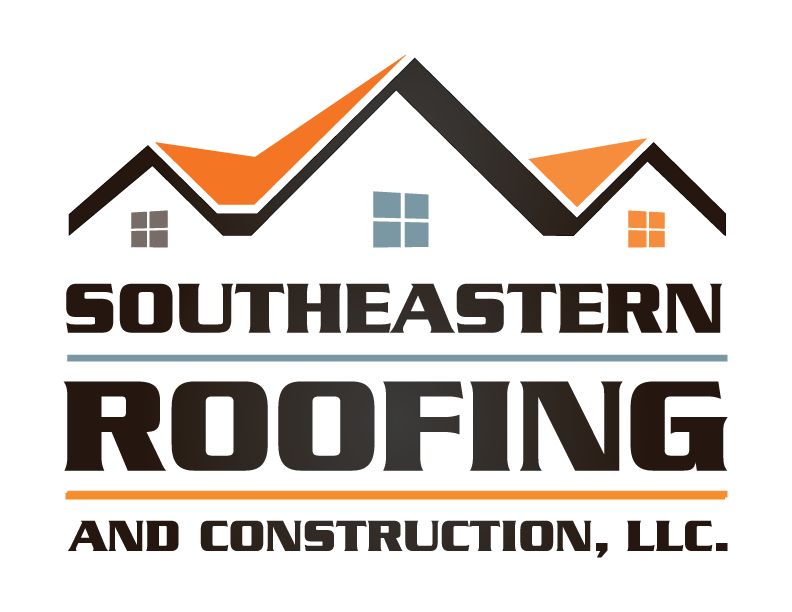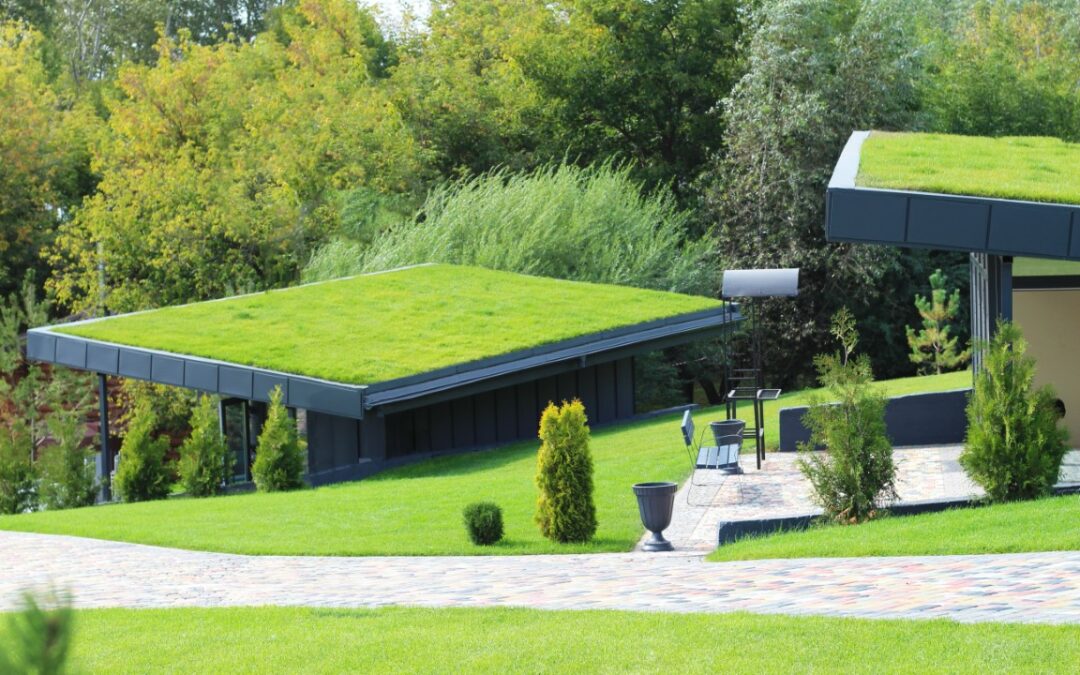Welcome to our article on the top energy-saving roofing materials unveiled. We’ve compiled a list of the most efficient options for your home.
From asphalt shingles to solar reflective tiles, there are plenty of choices to fit your needs. Metal roofing and cool roofs are also excellent alternatives.
Don’t forget about green roofs and energy-efficient coatings, which provide both insulation and sustainability. Lastly, synthetic roofing materials offer durability and eco-friendliness.
Join us as we explore the world of energy-saving roofs.
Key Takeaways
- Asphalt shingles and metal roofing provide exceptional durability and longevity, withstand extreme weather conditions, and require minimal maintenance and repairs.
- Cool roofs and reflective roof coatings reduce heat absorption, lower energy consumption, enhance energy efficiency, and extend the lifespan of the roof.
- Green roofs provide insulation, reduce stormwater runoff, improve air quality, promote urban gardening, and mitigate the urban heat island effect.
- Energy-efficient coatings and synthetic roofing materials offer sustainability benefits, lower cooling costs, reduce the need for repairs, minimize waste, and contribute to reducing greenhouse gas emissions.
Asphalt Shingles
As we delve into the topic of energy-saving roofing materials, it’s important to explore the benefits of asphalt shingles.
Asphalt shingles offer numerous sustainability options and are a popular choice for residential and commercial buildings. These shingles are made from a combination of asphalt and fiberglass, which provides durability and long-lasting performance.
The installation process for asphalt shingles is relatively simple. It involves laying the shingles in a staggered pattern on the roof, starting from the bottom and working upwards. This ensures proper water drainage and prevents leaks.
Additionally, asphalt shingles are available in a wide range of colors and styles, allowing homeowners to customize their roofs to match their aesthetic preferences.
Metal Roofing
When it comes to energy-saving roofing materials, metal roofing stands out as a durable and sustainable option. Metal roofing is known for its exceptional durability and longevity, making it an excellent choice for those seeking a long-lasting roofing solution.
Made from a variety of metals such as aluminum, steel, or copper, metal roofs can withstand extreme weather conditions, including high winds, heavy rain, and hailstorms. The durability of metal roofing also translates into cost savings over time, as it requires minimal maintenance and repairs compared to other roofing materials.
Additionally, metal roofs are highly reflective, effectively reducing heat absorption and keeping the interior of the building cooler, which can contribute to energy savings and lower cooling costs.
Cool Roofs
Cool roofs are an excellent choice for energy-efficient roofing solutions. One of the main features of cool roofs is the use of reflective roof coatings, which help to reduce the amount of heat absorbed by the roof. This reflective property allows for a cooler building interior, leading to lower energy consumption and cost savings.
Reflective Roof Coatings
Our research team discovered the significant energy-saving benefits of using reflective roof coatings.
Reflective roof coatings, also known as cool roof alternatives, are a popular choice for homeowners and businesses looking to reduce their energy consumption and lower their cooling costs.
These coatings are designed to reflect sunlight and heat away from the building, keeping the interior cooler and reducing the need for air conditioning. By reflecting the sun’s rays, reflective roof coatings can significantly reduce the amount of heat absorbed by the building, leading to energy savings of up to 30%.
Additionally, these coatings can also extend the lifespan of the roof by protecting it from UV radiation and reducing thermal expansion and contraction.
Heat-reflective membranes are commonly used in reflective roof coatings, providing a durable and long-lasting solution for energy-efficient roofing.
Energy Efficiency Benefits
Reflective roof coatings offer significant energy efficiency benefits, reducing cooling costs by up to 30% and extending the lifespan of the roof. These coatings help to reflect sunlight, preventing excessive heat absorption into the building’s interior.
By reducing the amount of heat transferred through the roof, the need for air conditioning is minimized, resulting in lower energy consumption and cost savings. Moreover, the extended lifespan of the roof reduces the need for frequent replacement, further reducing environmental impact and expenses.
Energy-efficient building design can be further enhanced by integrating renewable energy sources, such as solar panels, with cool roofs. This combination maximizes energy efficiency by reducing both cooling costs and reliance on non-renewable energy sources.
Solar Reflective Tiles
We’ve discovered an innovative way to reduce energy consumption with the use of solar reflective tiles on our roofs. Solar reflective tiles are specially designed to reflect sunlight and reduce the amount of heat absorbed by the building. This helps to keep the interior cooler, reducing the need for air conditioning and ultimately lowering energy costs.
Additionally, solar reflective tiles can be integrated with solar panel installation, allowing for the generation of clean, renewable energy. By combining these energy-efficient building materials, we can create sustainable and environmentally friendly structures that promote energy conservation.
Now, let’s transition into the subsequent section about ‘green roofs’ to explore another exciting way to reduce energy consumption and contribute to a greener future.
Green Roofs
Green roofs are an innovative roofing solution that offers numerous benefits. They’re cost-effective as they provide insulation, reducing the need for heating and cooling, resulting in lower energy consumption and utility bills.
Additionally, green roofs have a positive environmental impact by reducing stormwater runoff, improving air quality, and providing habitat for plants and wildlife.
Benefits of Green Roofs
Installing a green roof can significantly reduce energy consumption and lower utility bills. Green roofs provide numerous benefits, including the promotion of urban gardening and the improvement of air quality.
By creating green spaces in urban areas, green roofs allow for the cultivation of plants and the production of fresh food, contributing to local food security and community well-being. Additionally, green roofs help to mitigate the urban heat island effect by absorbing heat and reducing temperature fluctuations.
This not only reduces the need for air conditioning but also improves air quality by reducing the release of pollutants into the atmosphere. Green roofs act as natural filters, trapping dust and particulate matter, resulting in cleaner and healthier air for the surrounding community.
Cost-Effectiveness of Green Roofs
After researching the cost-effectiveness of green roofs, we discovered several key factors that contribute to their long-term financial benefits.
A cost-effectiveness analysis revealed that the initial investment in installing a green roof can be offset by the savings in energy costs over time. Green roofs provide excellent insulation, reducing the need for heating and cooling, resulting in significant energy savings.
Additionally, they extend the lifespan of the roof by protecting it from wear and tear caused by weather conditions. This reduces maintenance and replacement costs.
Moreover, green roofs can increase the value of the property, leading to a higher return on investment if the property is sold.
Environmental Impact of Green Roofs
From our research on the cost-effectiveness of green roofs, we can also examine the environmental impact of these sustainable roofing options.
Green roofs, compared to traditional roofs, offer numerous environmental benefits. Firstly, they help reduce the urban heat island effect by absorbing heat and reducing the surface temperature of buildings. This helps to lower energy consumption for cooling, mitigating the need for air conditioning.
Additionally, green roofs can improve air quality by capturing airborne pollutants and filtering out harmful gases. They also reduce stormwater runoff by absorbing rainwater and reducing the strain on stormwater management systems. Furthermore, green roofs provide habitat for birds and insects, promoting biodiversity in urban areas.
Energy-Efficient Coatings
We have found three energy-efficient coatings that can significantly reduce heat transfer through your roof.
Cool roof coatings are designed to reflect sunlight and prevent the roof from absorbing heat. These coatings have a high solar reflectance, which means they reflect a large percentage of the sun’s energy. By reducing the amount of heat absorbed by the roof, cool roof coatings can lower the temperature inside the building and reduce the need for air conditioning, leading to energy savings.
Solar reflective coatings are another type of energy-efficient coating that works by reflecting the sun’s rays, reducing the amount of heat transferred to the roof. These coatings are typically white or light-colored, which enhances their ability to reflect sunlight.
Both cool roof coatings and solar reflective coatings are effective ways to improve energy efficiency and reduce cooling costs for your building.
Synthetic Roofing Materials
To continue improving energy efficiency and reducing cooling costs, let’s explore the benefits of synthetic roofing materials.
Synthetic roofing materials offer a range of sustainability benefits that make them an excellent choice for environmentally conscious homeowners. These materials are often made from recycled materials, reducing the demand for new resources and minimizing waste.
Additionally, synthetic roofing materials are designed to be highly durable, withstanding harsh weather conditions and providing long-lasting protection for your home. This durability not only ensures the longevity of your roof but also reduces the need for frequent repairs and replacements, resulting in cost savings over time.
When considering roofing options, it’s important to take sustainability benefits and durability considerations into account, and synthetic roofing materials excel in both areas.
Conclusion
After exploring various energy-saving roofing materials, it’s evident that the future of sustainable construction looks promising. These innovative solutions, such as cool roofs and solar reflective tiles, not only reduce energy consumption but also contribute to a greener environment.
As we embrace these advancements, we’re leaping towards a brighter and more eco-friendly tomorrow. Together, let’s pave the way for a sustainable future, one roof at a time.

